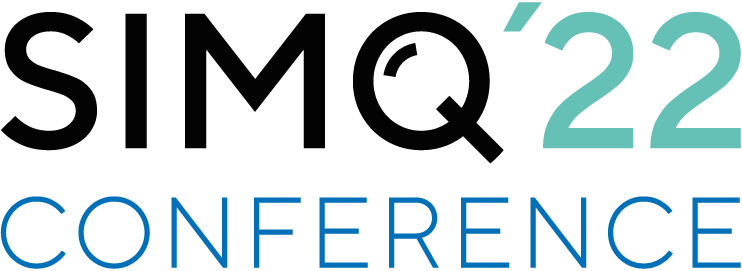Biomechanics is part of biophysics. Biophysics is an interdisciplinary science that studies and describes laws and methods of physics in biological systems and processes.
Biomechanics deals with the movement processes in biological systems as well as the functions of biological movement apparatuses and is therefore also a subfield of movement sciences and sports sciences.
The biomechanical fundamentals build on the knowledge of physics, mathematics, biology, chemistry, anatomy and physiology. In addition to areas of application in competitive, recreational and health sports, biomechanics is also used in medicine.
What are the biomechanical principles? What can be achieved with biomechanics?
According to Gerhard Hochmuth, 6 biomechanical principles have been established that can be used to derive recommendations for action and optimization of movement procedures for athletes in order to achieve optimal results at the performance and health level. These principles are as follows:
- Principle of initial force
- Principle of the optimal acceleration path
- Principle of the optimal tendency in the course of acceleration
- Principle of temporal coordination of partial impulses
- Principle of counteraction
- Principle of conservation of momentum
Various methods are available for the measurement:
- Dynamometry: measurement of externally applied forces using strain gauges, piezoelectric sensors and force plates.
- Anthropometry: Anthropometric biomechanics includes the determination of the distribution of body dimensions as well as determination of the body’s center of gravity.
- Kinemetry: displacement-time measurement (determination of velocity of bodies)
- Electromyography: measurement of muscle activity
- Measurement of work, power, energy, torque, force, momentum, acceleration and pressure
What is meant by biomechanics in medicine?
In medicine, preventive biomechanics is mainly used for health promotion and rehabilitation in orthopedics and neurophysiology. Biomechanics engineers capture and analyze movement patterns and translate them into computer models and simulations that are used to develop therapeutic interventions, medical devices, and medical software.
To measure forces internal to the body, digital patients are used in finite element models – a numerical method to perform strength and deformation studies. This makes it possible to analyze muscle forces and joint forces, among other things.
Areas of application for such finite element models in personalized medicine include the development of implants, orthoses and biomechanical prostheses, which can be individually adapted to the patient with the help of biomechanical analyses in order to achieve an optimal treatment result.
With our Simq VIT simulation software, for example, it is possible to represent the acting loads and forces patient-specifically on the individual implant restoration first in the digital twin of the patient. With these medical simulations, the implant designer can quickly and efficiently check the performance and safety of the implant before surgery and adapt it to the individual patient.
What else should you know about biomechanics?
Optical technologies are becoming increasingly important for biomechanics because they enable fast and non-invasive measurements. In the future, for instance, there will be measurement systems that will allow the entire body to be measured within a very short time with little effort, i.e. without markers on the patient.
In addition, we will increasingly see applications for modeling biomechanical processes in the body. One example is biomechanical simulations during operations, which provide additional information during the procedure and thus make it more efficient and safer.





